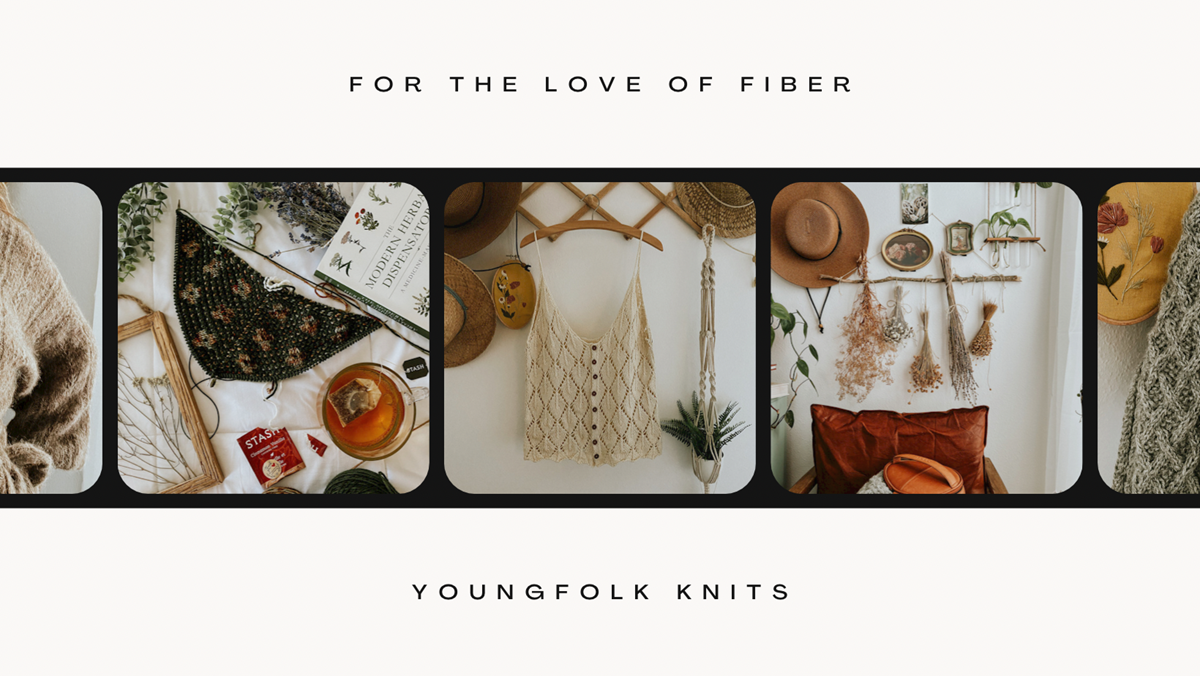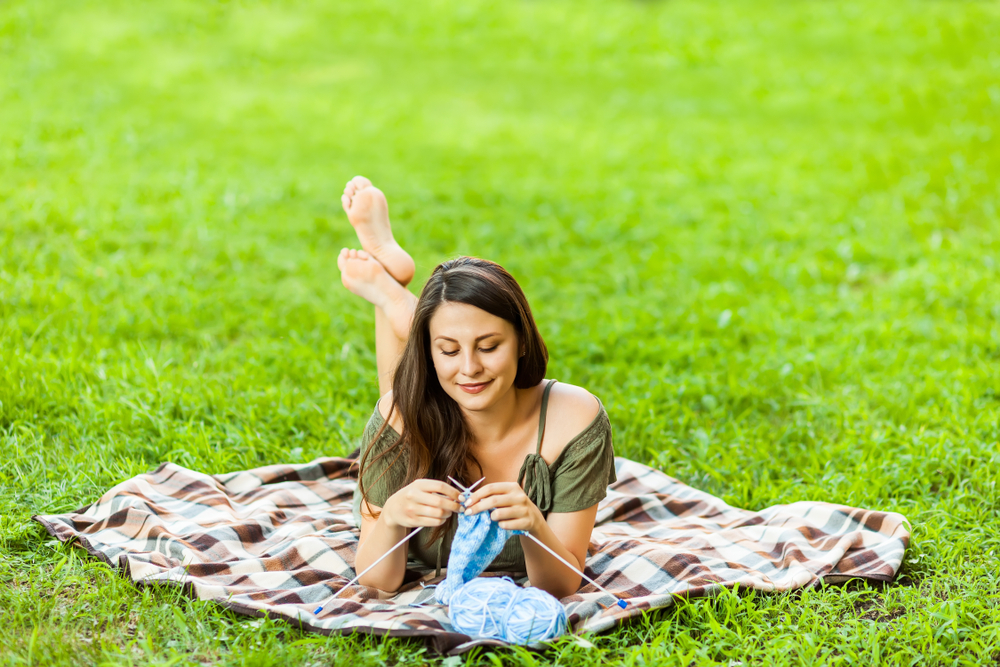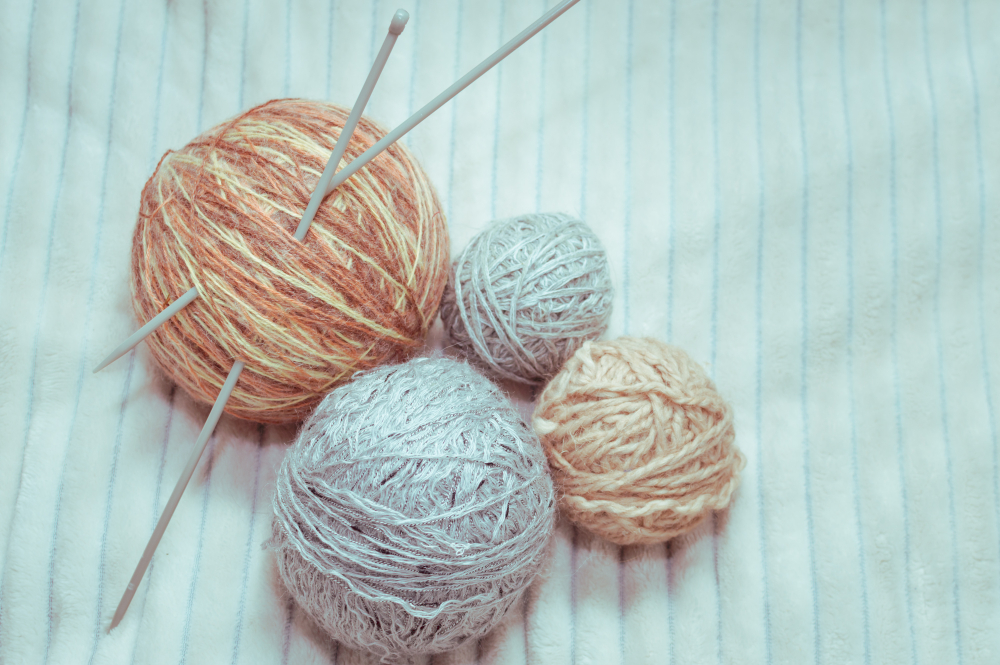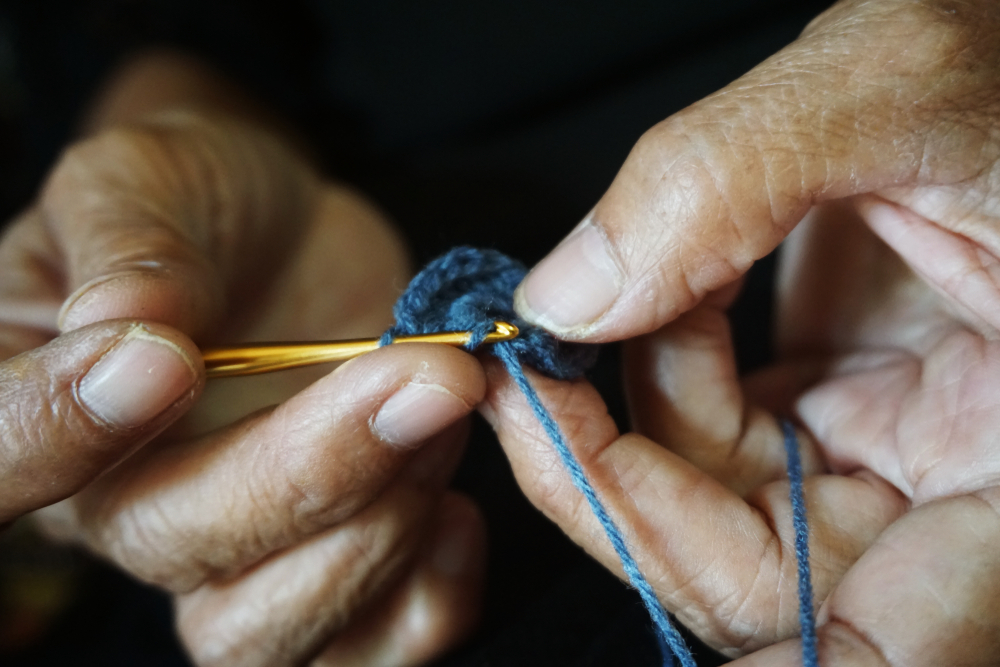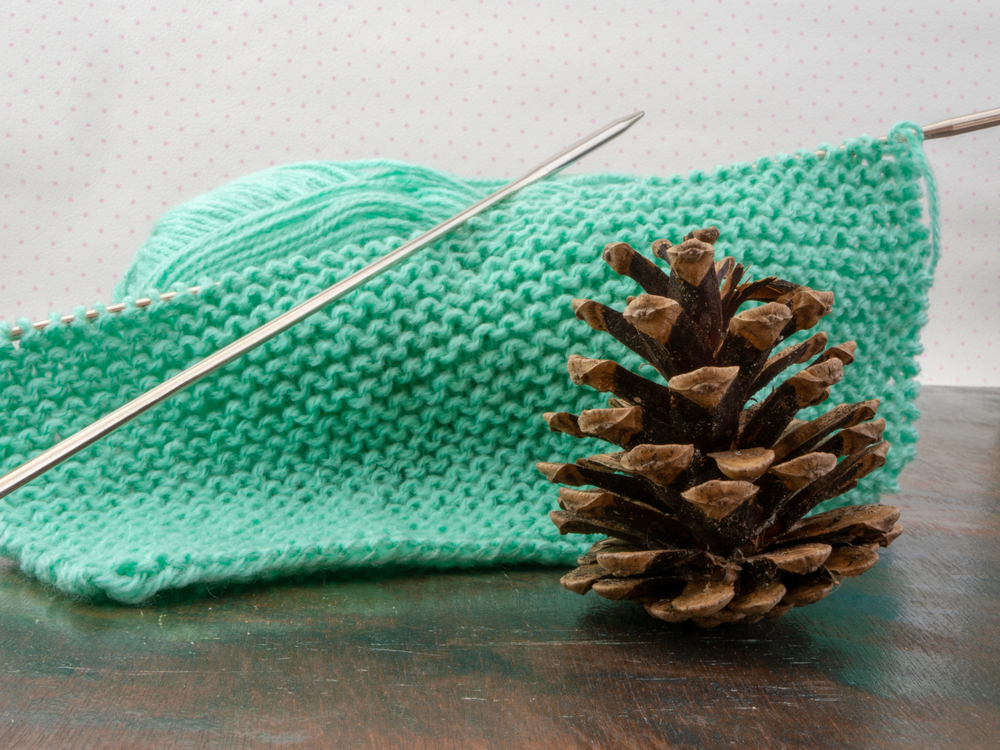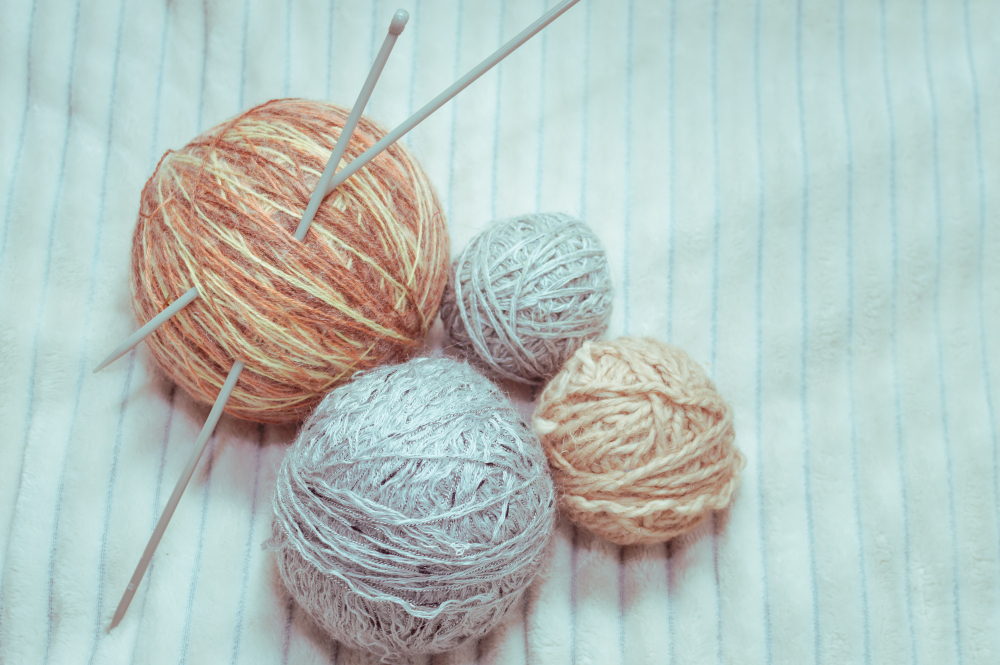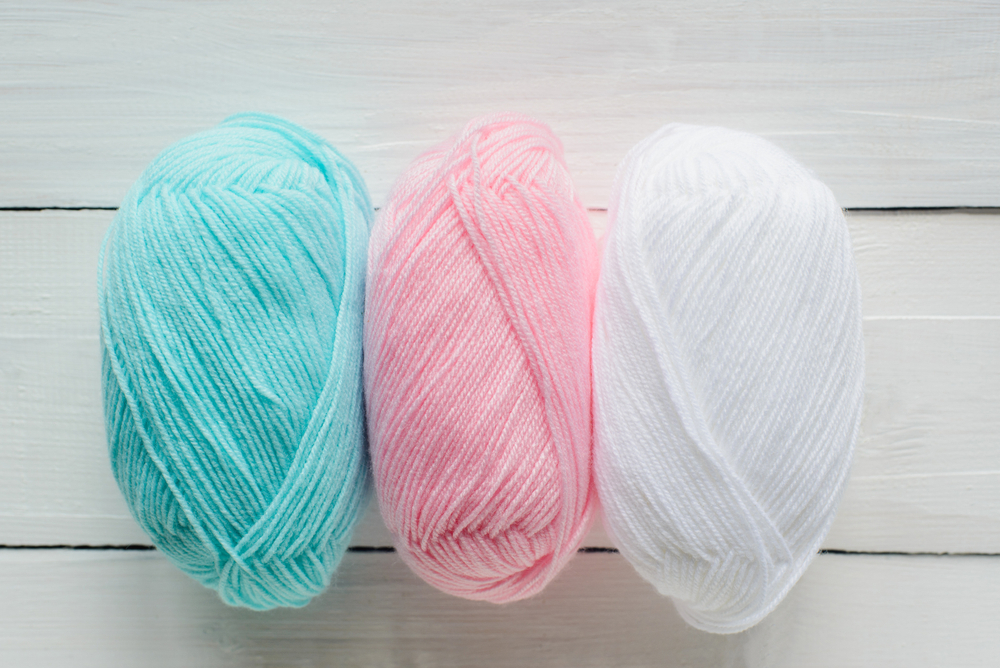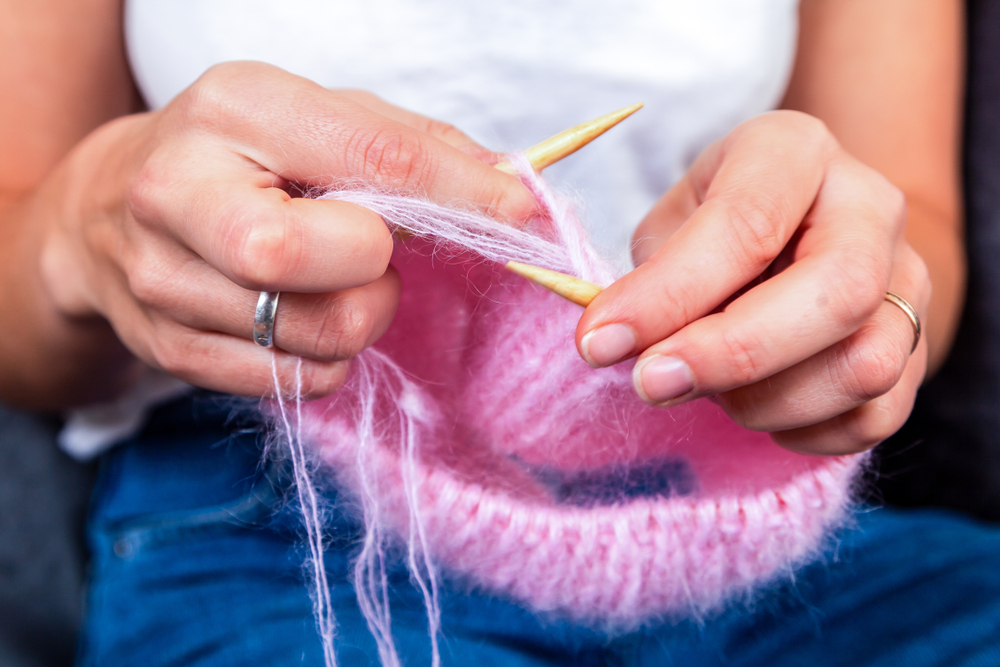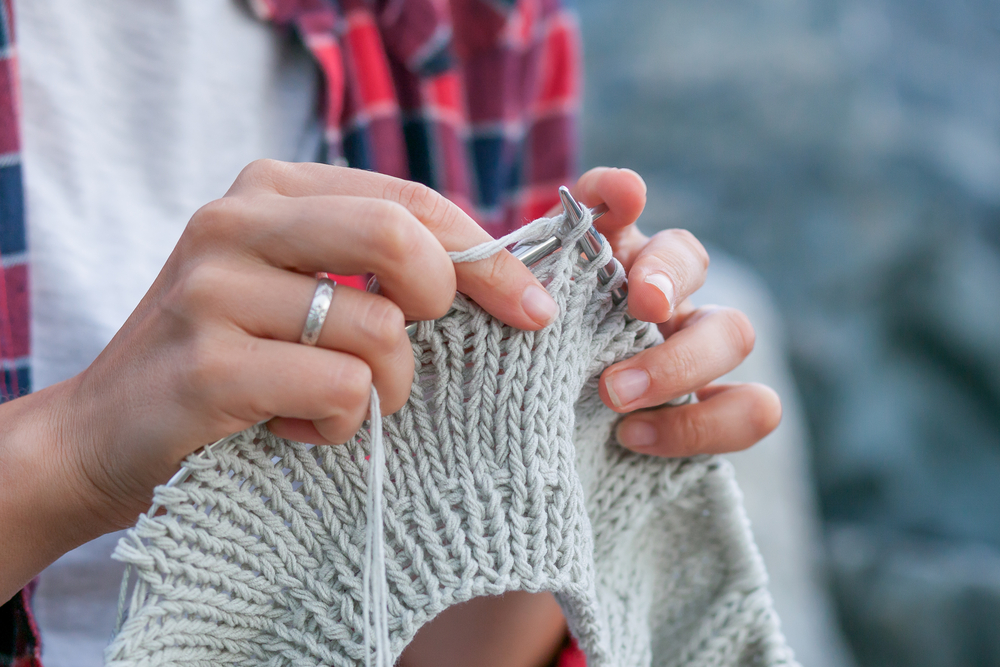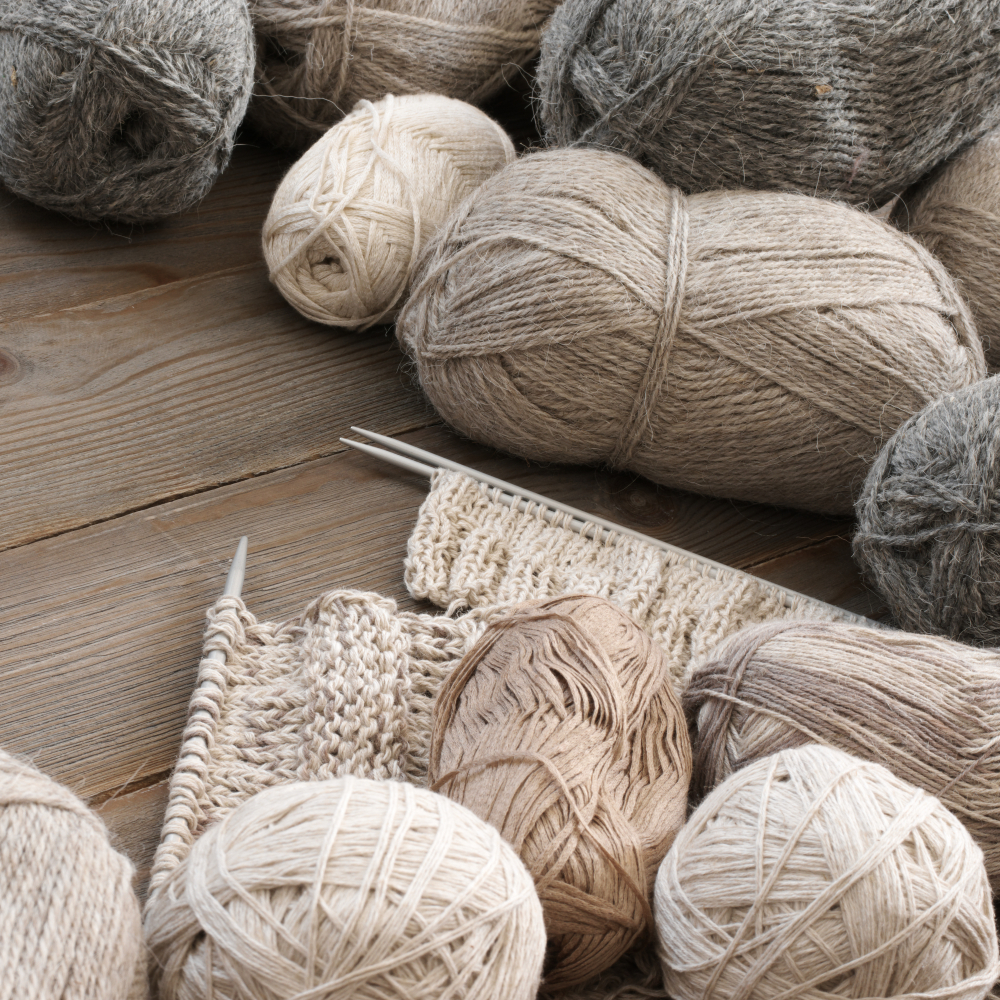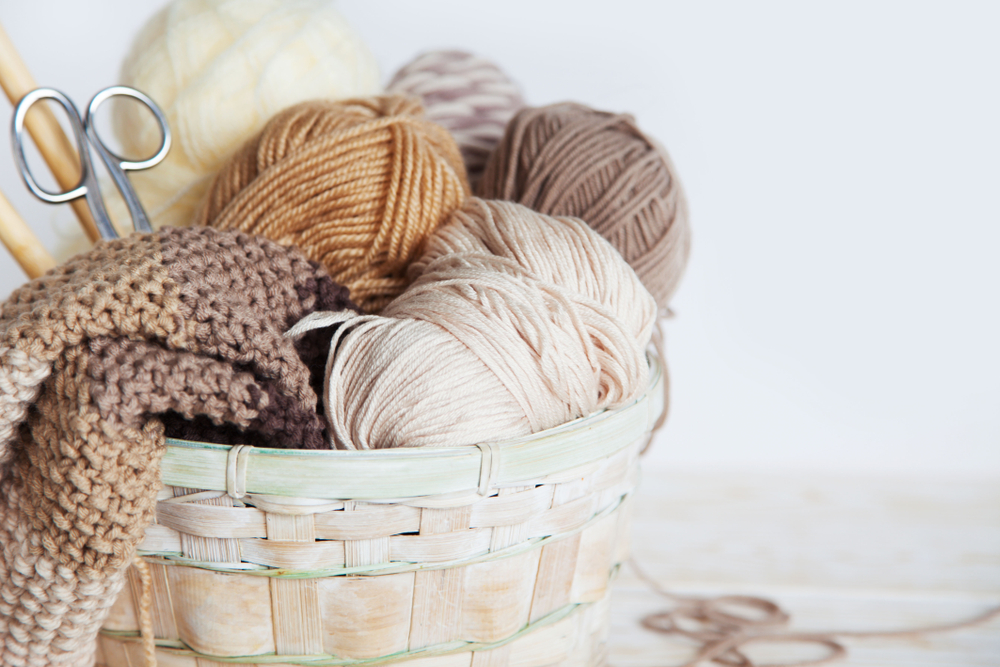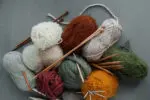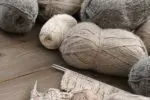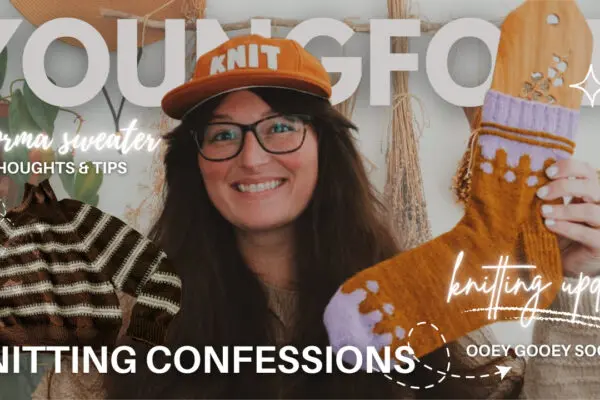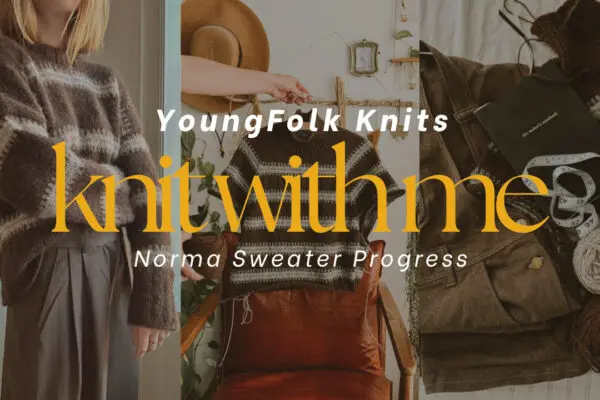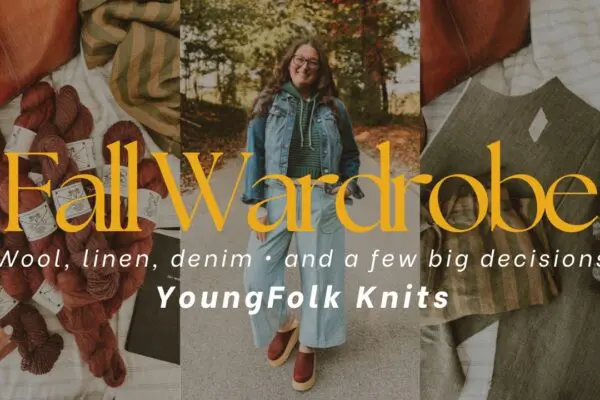What do you need to start knitting
Knitting, an ancient craft, is a journey filled with textures, colors, and the soft click-clack of knitting needles. As you dip your toe into the vast ocean of knitting, you may ask, “What do you need to start knitting?” The answer is simple – you only need a handful of basic knitting supplies, an open mind, and a dash of patience. Your most basic knitting supplies include knitting needles, yarn, stitch markers, and tapestry needles.
The Role of Knitting Needles: Choosing the Right Tool
Knitting needles are the paintbrushes of your knitting canvas when knitting yarn. Think of them like sewing needles. From wood needles to plastic needles and straight knitting needles to circular needles, each knitting needle brings something unique to your knitting bag. The knitting needle size you select is instrumental in determining the look and feel of your knitting stitches.
Bigger needles will give you a loose, open weave, while smaller needles will result in a denser fabric. It’s essential to remember that knitting needle size is relative to the yarn weight you’ll be using. Thicker yarn requires larger needles, while thinner yarn needs smaller ones.
Understanding Yarn: The Essence of Your Knitting Project
Knitting is, at its core, the act of manipulating yarn. The choices can feel overwhelming, from wool yarn to acrylic yarn and worsted weight yarn to bulky yarn. To simplify, we recommend beginner knitters start with a medium weight yarn as part of what do you need to start knitting.
Worsted-weight yarn, a type of medium-weight yarn, is a great place to begin your yarn journey. Worsted weight yarn works well with a range of knitting needle sizes, making it a versatile choice for various knitting projects.
When you walk into a yarn shop or browse an online yarn store, you might encounter terms like “yarn weight” or “ply.” The yarn weight refers to the yarn’s thickness. For instance, bulky yarn is thick and best for cozy, warm projects. Worsted weight yarn, as mentioned earlier, is of medium thickness and is excellent for beginners due to its manageability.
One last thing about yarn – always check the yarn label! The yarn label is a treasure trove of information. It will provide details about the yarn weight, recommended knitting needle size, care instructions, and sometimes even a suggested knitting pattern.
Beyond Needles and Yarn: Other Essential Knitting Supplies
In addition to your knitting needles and yarn, your knitting kit should include other tools to make your knitting easier.
Stitch markers, for example, are crucial in helping you keep track of your knitting stitches. Stitch markers are small, ring-like devices that you place on your knitting needles to mark a specific spot in your knitting project.
Next up, tapestry needles. Tapestry needles or yarn needles are used to weave in yarn tails, helping you secure your knitting project once it’s finished. Like your knitting needles, tapestry needles come in different sizes and types. A larger eye makes the needle easier to thread, and a blunt tip prevents the needle from splitting the yarn as you weave in ends.
Other necessary knitting supplies include a tape measure or measuring tape, a pair of scissors, a stitch holder, and a knitting bag or project bag to keep all your knitting materials organized. Having these basic supplies will make your knitting experience smoother and more enjoyable.
Stitching It Up: Mastering Basic Knitting Stitches
At its core, knitting revolves around two basic knitting stitches: the knit stitch and the purl stitch. As you continue knitting, you’ll see these two stitches are the foundation of all knitting patterns. Starting with a garter stitch, which is simply knitting every row, provides a perfect platform for beginner knitters.
Garter stitch projects, such as a simple scarf or dishcloth, allow you to practice your stitches and gain confidence before moving on to more complex patterns. Remember, dropped stitches and extra stitches are part of the process, and you’ll get better with time.
Finding Your Knitting Community: Your Local Yarn Shop
While you can find knitting supplies in a local craft store or online, nothing beats the charm of a local yarn shop. From rows of colorful yarn to helpful staff ready to assist beginner knitters, local yarn shops serve as a hub for the knitting community.
Not only will they have a vast array of yarn, from chunky yarn to worsted weight, but they’ll also offer advice tailored to your needs. Want to understand more about yarn weight or needle size? Need help picking out the perfect yarn for your first project? Your local yarn shop is the place to go.
Taking The Plunge: Your First Knitting Project
With your knitting supplies in hand, it’s time to start knitting. Choosing your first knitting project is an exciting step. We recommend starting with something simple, like a garter stitch scarf or dishcloth.
These projects will allow you to practice and perfect your stitches without the stress of a complicated pattern. Remember, it’s not just about the end product; it’s about the journey of creating something with your own two hands.
Growing as a Knitter: Exploring New Techniques and Tools
As you become more comfortable with your knitting needles and start mastering the basic knitting stitches, you might feel ready to branch out. There are countless knitting projects and techniques to explore. You might want to try circular needles for knitting in the round or a crochet hook for adding decorative edges.
As you progress, you might start to lean towards certain types of yarn, favoring the softness of wool yarn or the versatility of acrylic yarn. Some knitters enjoy working with chunky yarn and larger needles for quick, cozy projects, while others prefer fine yarns and smaller needles for detailed, delicate work.
Discovering Stitch Variations: The Purl Stitch and Beyond
Now that you’re comfortable with the garter stitch, let’s dive deeper into the world of knitting stitches. The purl stitch, a fundamental stitch that beginner knitters should master, is essentially the reverse of a knit stitch. By alternating rows of knit and purl stitches, you can create a fabric known as stockinette stitch, which is smooth and flat. Remember, each new stitch you learn is a tool that can help you express your creativity and expand the range of projects you can tackle.
Knitting Tools for the Advanced Knitter: Circular Needles, Crochet Hooks, and More
As you progress on your knitting journey, you’ll discover that there are many more knitting tools beyond straight knitting needles and basic supplies. Circular needles, for example, are great for knitting in the round, making them perfect for projects like hats and socks.
Crochet hooks are also an excellent addition to your knitting kit. While traditionally used for crochet, they’re also handy for picking up dropped stitches or adding decorative edges to your knitting projects.
The Perfect Storage: Choosing Your Knitting Bag or Project Bag
As your collection of knitting supplies grows, you’ll need a way to keep them organized. A knitting bag or project bag is the perfect solution. These bags come in various sizes, with pockets and compartments designed to hold your knitting needles, yarn, and other tools. Some even have slots to hold your stitch markers and tapestry needles securely.
A knitting bag keeps your knitting materials organized and makes it easy to take your knitting project on the go. Whether you’re knitting at home, at the local yarn shop, or anywhere else, your knitting bag will ensure you have everything you need.
Essential Accessories: Tape Measure, Scissors, Stitch Holders and More
There are a few additional items that, while not necessary for knitting, can make the process smoother and more enjoyable. A tape measure is essential for ensuring your project is the right size. Scissors or a pair of scissors with a straight tip are necessary for cutting yarn. Stitch holders can keep your stitches secure when they’re not in use, preventing them from unraveling.
Let’s Talk Yarn: Scrap Yarn and Novelty Yarn
As your skills grow, so will your yarn stash. Beyond basic wool or acrylic yarn, you may find yourself drawn to novelty yarn with unique textures or colors. Scrap or leftover yarn from past projects can also be a valuable resource. It’s perfect for practicing new stitches or techniques, or for smaller projects like coasters or granny squares.
Wrapping Up Loose Ends: Using a Tapestry Needle
Once you’ve finished knitting, you might find yourself with loose ends of yarn. This is where your tapestry needle comes in. Simply thread the yarn through the eye of the tapestry needle and weave it in and out of your work a few times to secure it. This technique gives your project a neat, finished look.
Exploring Materials: Wooden Needles, Metal Needles, and Plastic Needles
The material of your knitting needles can significantly affect your knitting experience. Wooden needles are loved for their warm feel and slight grip, making them an excellent choice for slippery yarns. Metal needles, on the other hand, are sturdy and smooth, allowing for fast knitting. Plastic needles are lightweight and affordable, making them a good choice for beginner knitters.
Decoding Yarn Labels: A Vital Skill for Knitters
Yarn labels are like a roadmap for your knitting journey. They provide crucial information such as yarn weight, fiber content, care instructions, gauge, and recommended needle size. Knowing how to read a yarn label can help you choose the perfect yarn for your knitting project.
Mastering Basic Techniques: Casting On and Binding Off
To start knitting, you need to get stitches onto your needle, a process known as “casting on.” There are various ways to cast on, but the simplest method for beginner knitters is the “knit cast-on.” Once you have finished your knitting project, you need to remove the stitches from the needle without unravelling your work, a process known as “binding off.” Mastering these techniques will ensure a smooth start and finish to your knitting projects.
Diving into Knitting Patterns: Your Blueprint to a Successful Project
Knitting patterns are the blueprints for your knitting project. They tell you what knitting supplies you’ll need, the stitches you’ll use, and step-by-step instructions to complete the project. As a beginner knitter, starting with a simple knitting pattern can help you understand the structure and language of patterns, preparing you for more complex designs as your skills develop.
Fixing Mistakes: Addressing Dropped Stitches and Extra Stitches
Dropped stitches and extra stitches are common pitfalls for beginner knitters. Learning how to fix these mistakes can make your knitting journey less stressful and more enjoyable. Dropped stitches can be picked up with a crochet hook, while extra stitches can be corrected by simply knitting two stitches together.
Choosing Your First Project: Scarf, Dishcloth, or Coasters?
Choosing your first knitting project can be both exciting and a little overwhelming. We recommend starting with something simple and manageable. A scarf is a classic first project; it’s straightforward, useful, and gives you plenty of practice. Dishcloths and coasters are also excellent first projects as they are small, quick to complete, and allow you to try out different stitches and techniques.
Care and Maintenance: Looking After Your Knitting Supplies
Proper care and maintenance of your knitting supplies can prolong their life and ensure they remain in good condition. Keep your knitting needles clean and smooth, and store them safely in your knitting bag when not in use. Yarn should be kept clean and dry in a sealed bag or container to protect it from dust and pests.
Wrapping Up: Enjoy Your New Craft
Embarking on your knitting journey is an exciting adventure filled with creativity and satisfaction. As a beginner knitter, armed with what do you need to start knitting and a few basic knitting techniques, you’re well on your way to creating beautiful, handcrafted items. Remember, knitting is more than just a craft; it’s a form of self-expression, a meditative act, and a means of connecting with a rich, global tradition.
In the words of Elizabeth Zimmerman, a renowned knitter and author, “Properly practiced knitting soothes the troubled spirit, and it doesn’t hurt the untroubled spirit, either.” Here’s to the start of your knitting journey, filled with creativity, relaxation, and, above all, happy knitting!
